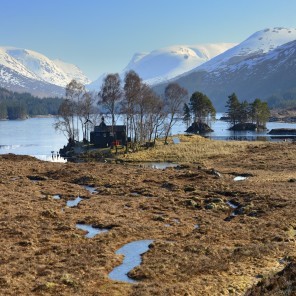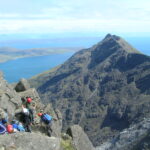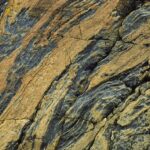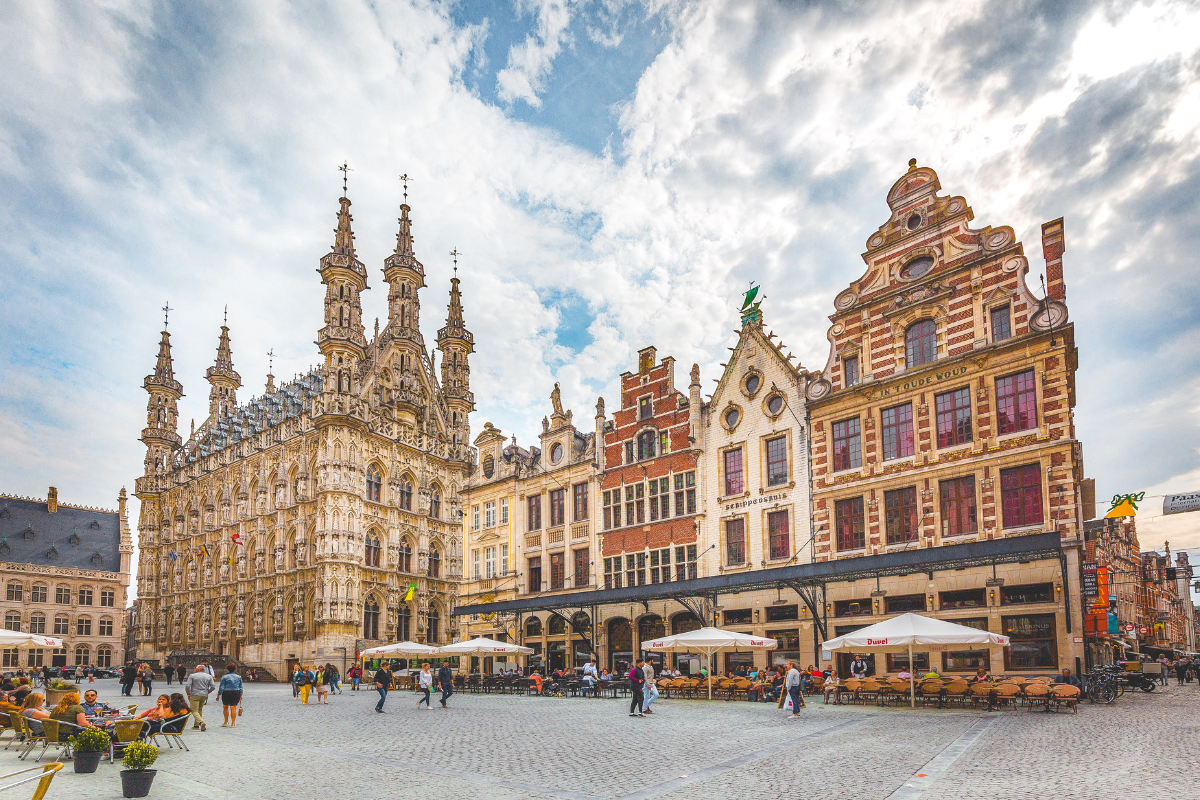Words provided by SYHA Hostelling Scotland
The dynamic and colourful history of Scotland’s geological foundations stretching back millions of years are just a short hop from a youth hostel, says Colin MacFadyen, Scottish Natural Heritage
Scorching deserts, dangerous volcanoes, mountains the height of the Alps, active geological faults, kilometre-thick ice sheets and deep ocean floors; a world-away from Scotland, or so one would think.
Achmelvich Beach is the ancient core of Scotland, the crustal foundation that it has in common with Canada and Greenland. From this point the rest of Scotland grew and developed. Dated to around three billion years old, these ancient metamorphic rocks, known as Lewisian gneiss, are some of the oldest rocks in Europe.
Loch Ossian was once a pile of sand and mud deposited around 700 million years ago on the floor of an ocean which geologists have named Iapetus, the bedrock in the vicinity of Loch Ossian was deformed and baked during continental collision. The view of the Cuillins from Glenbrittle is of the eroded remains of the Skye volcano’s magma chamber, once a boiling cauldron of molten rock, now cold hard black gab-bro sculpted by glaciers over the last 2.5 million years.
Edinburgh‘s industrial revolution was based on the resource-rich carboniferous rock beneath its crust, and the city’s castle sits perched on an incredible volcanic craggy rock with three sheer vertical sides, creating it a natural defensive position which would have attracted its initial settlers around 900BC.
Read the full article in Scottish Hosteller magazine, pp.60-61 http://bit.ly/Hosteller2015








